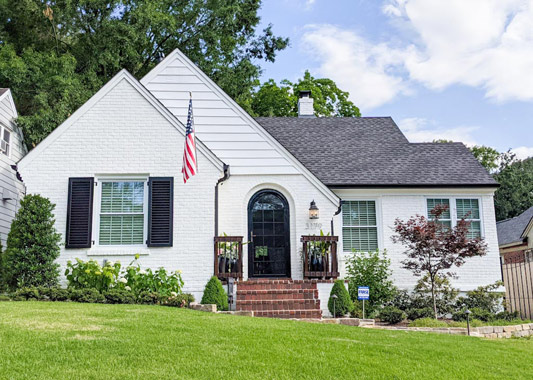We found this blog Green Home Building by Kelly Hart. (You can read his bio below.) He is reviewing a book about adobe construction and we couldn’t agree with him more about the desirability of adobe. And what’s better? ROMA’s plasters, eco cements and lime washes are a perfect covering for these kinds of buildings. So when you are ready to build your next building think adobe.
Kelly Hart has been involved with green building concepts for much of his life. He has also worked in various fields of communication media, including still photography, cinematography, animation, video production and now website development. Kelly has lived in an earthbag/papercrete home that he built (but is now mostly living in Mexico) and consults about sustainable building design.
Published in 2010, Adobe Homes for All Climates: Simple, Affordable, and Earthquake-Resistant Natural Building Techniques, by Lisa Schroder and Vince Ogletree presents a comprehensive look at how one might go about building with adobe. It is based on many years of experience by the authors building residences, mainly in New Zealand. They evolved very specific techniques for every aspect of the building process, from fabricating the adobe blocks to erecting and plastering the walls.
Since the authors were involved in the business of adobe construction, they were motivated to find the most efficient, durable, and pleasing ways of building they could. For this reason, they rely completely on cement-stabilized materials, which cure rapidly enough to be handled within a day and can be trusted to endure virtually any kind of weather once the walls are in place. This practice departs from traditional unstabilized adobe construction, which may require more maintenance over time, but perhaps would be a “greener” choice, because of the lower embodied energy.
One of the more unique aspects of their system is the use of specialized molds for fabricating the blocks. The main difference with some of the molds they recommend is that they provide large holes in the center that can be used to route not only water and electric utilities, but also conceal concrete and steel reinforcement. With this method it is relatively easy to create a structure that would be acceptable to the most stringent codes for seismic reinforcement.
Another novel part of their system is that special holes can be provided at specified intervals that can be used to insert temporary pipes as support for scaffolding, a very handy way to avoid the cost and hassle of erecting conventional scaffolding. Eventually these holes are filled in and become invisible.
While there is a thorough discussion of the desired properties of soil that is suitable for an adobe mix, the authors caution that you should employ a soil engineer to make any final judgment about this. They are also cautious about their advice on foundation requirements, saying that an engineer should be involved in the design. I think that this caution is at least partially a matter of not wanting to be libel for any mistakes that an owner/builder might make, since they really give you enough information to figure all of this out yourself.
The chapters that deal with plaster are some of the most detailed and complete that I have seen anywhere. They really explain the whole process of making and applying stabilized earthen plasters, from beginning to end.
Since this book originated in New Zealand, some of the terminology is unique to that region and may not be familiar to all English speakers. One can generally figure out the intended meaning, however, through the context or the glossary at the end of the book.
With “for all climates” as part of the title, I expected a much more thorough discussion of how one would go about insulating an adobe wall. Instead, there are really just a couple of paragraphs that explain that in less temperate regions one might want to either make the wall thicker than the standard one foot, add some form of insulation to the exterior of the walls (especially on the north side in the northern hemisphere), or create an air gap cavity between two adjacent adobe walls. The book is beautifully illustrated with color pictures or diagrams on practically every page, but none of these show an insulated wall.
On the whole, I would recommend this book to anyone who might consider building with adobe, whether you employ their system or not, since there is a wealth of information that will be useful regardless. I commend the authors and publisher (Chelsea Green) for a job very well done!



 Photo Credit: Caldwell House, TN
Photo Credit: Caldwell House, TN